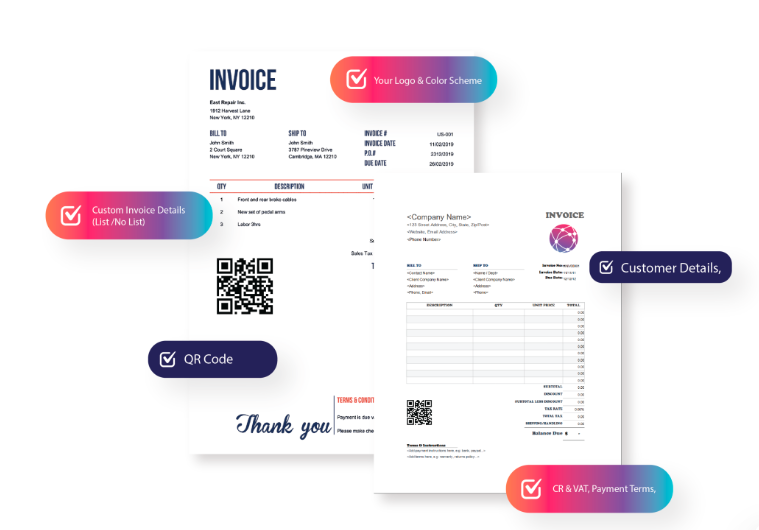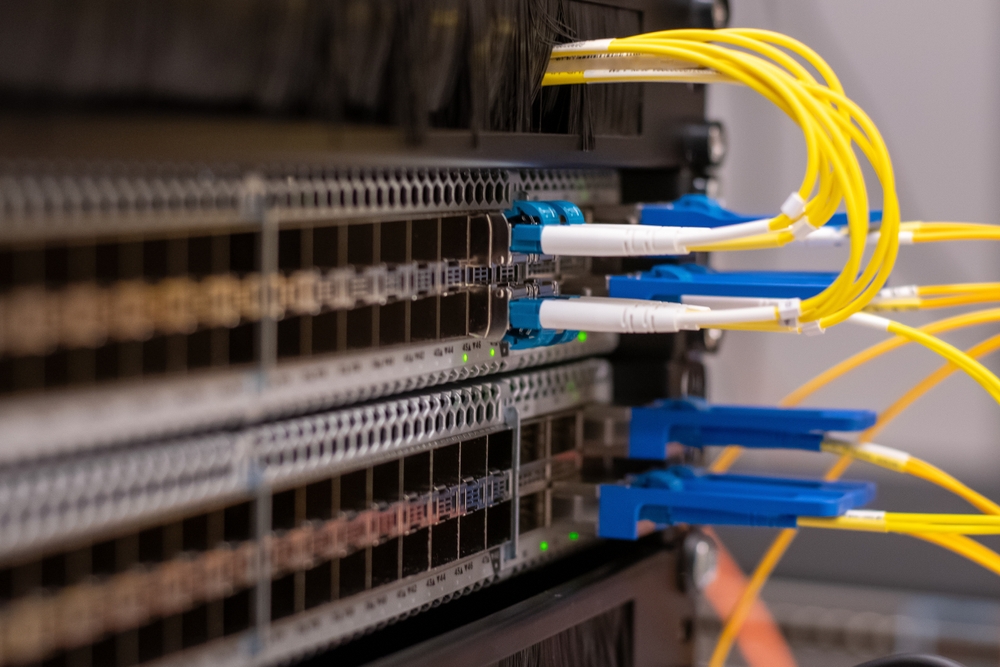As businesses across the globe embrace digital transformation, one significant change impacting companies of all sizes is the shift toward electronic invoicing, or e invoice. This modern solution has transformed the way organizations handle transactions, making the entire process faster, more efficient, and even more environmentally friendly. Curious about how e-invoicing works and why it’s becoming essential? Let’s dive in.
What is E-Invoicing?
At its core, e-invoicing is the electronic generation, transmission, and processing of invoices. Unlike traditional invoices, which are often printed on paper, scanned, or sent via email, e-invoices are created, processed, and stored digitally. This digital approach not only streamlines operations but also enhances accuracy, cuts costs, and reduces the environmental footprint.
In essence, an e-invoice isn’t just an invoice sent electronically; it’s a structured invoice document created in a specific format like XML or UBL, which allows for automated processing. This distinction sets e-invoices apart from simple PDFs or scanned invoices, enabling more seamless integration and management within accounting systems.
Why is E-Invoicing Important for Businesses?
Transitioning to e-invoicing offers a multitude of benefits that can give your business a competitive edge. Here are some of the main reasons why e-invoicing is important:
1. Improved Accuracy and Reduced Errors
E-invoices minimize the risk of human errors, such as incorrect data entry, by automating data exchange between the sender and receiver. This means fewer mistakes, reduced disputes, and quicker payments.
2. Enhanced Efficiency
With e-invoicing, the entire invoicing cycle becomes faster. Digital invoices are transmitted almost instantly, allowing for quicker review and approval. This efficiency can significantly impact cash flow, as businesses receive payments faster.
3. Cost Savings
Paper invoices involve costs for printing, mailing, and storage, all of which add up over time. By switching to e-invoicing, companies can cut down on these costs, achieving significant savings in the long run.
4. Environmental Benefits
By going paperless, e-invoicing reduces the need for physical resources, helping companies lower their carbon footprint. This can also improve a company’s public image, as environmental consciousness resonates well with modern consumers.
5. Compliance and Security
E-invoicing solutions often come equipped with advanced security features, protecting sensitive information. Moreover, with the rise in global regulations mandating e-invoicing, many companies adopt it to ensure compliance and avoid penalties.
How Does E-Invoicing Work?
The e-invoicing process varies slightly based on the platform or software used, but generally follows these steps:
- Invoice Creation: The supplier generates the e-invoice using invoicing software, such as Shabakah e-Invoicing Software.
- Invoice Transmission: The invoice is then transmitted in a digital format, typically XML, directly to the buyer’s accounting system.
- Validation and Approval: The buyer’s system receives the e-invoice and verifies its authenticity and accuracy before approving it.
- Payment Processing: Once approved, the payment process is triggered, completing the transaction.
The entire process is digital, eliminating the need for manual intervention and enabling faster and more accurate handling of transactions.
Key Features of a Quality e invoice Software
When selecting an e-invoicing software, there are a few critical features to look for to ensure that it aligns with your business needs.
1. Integration Capabilities
Look for software that seamlessly integrates with your existing ERP or accounting system. This feature is crucial as it ensures smooth data flow, reducing the need for manual data entry.
2. Real-Time Data Access
Real-time data access is essential for tracking the status of invoices. Choose software that allows you to monitor invoice statuses, view payment histories, and receive instant notifications for new invoices or payments.
3. Compliance with Tax Regulations
Different countries have different e-invoicing requirements and standards. A good e-invoicing platform, such as Shabakah’s E-Invoicing Software, should comply with these regulations to ensure you remain on the right side of the law.
4. User-Friendly Interface
An intuitive and easy-to-navigate interface can help your team quickly adopt the new system without extensive training. Look for software that offers simplicity without compromising on functionality.
5. Enhanced Security
Protecting financial data is paramount. Select e-invoicing software that provides robust security features, such as data encryption and secure authentication.
Benefits of Using Shabakah’s E-Invoicing Software
For companies looking to transition to e-invoicing, Shabakah’s E-Invoicing Software offers a tailored solution designed to address the unique needs of businesses. Here’s what makes Shabakah’s software a strong choice:
Seamless Integration
Shabakah’s software is designed to integrate effortlessly with a wide range of ERP and accounting systems, streamlining your operations without any disruption.
Customizable Interface
The platform’s user-friendly and customizable interface allows users to modify settings according to specific business needs, making it easier to use for companies of all sizes.
Compliance-Focused
Built to meet international e-invoicing standards, Shabakah’s software ensures compliance with tax regulations, giving you peace of mind and helping you avoid legal issues.
Data Security and Privacy
Shabakah incorporates advanced encryption technology and multi-factor authentication, ensuring the security and privacy of sensitive financial data.
Scalability
Whether you’re a small business or a large enterprise, Shabakah’s e-invoicing solution scales with your growth, providing the flexibility and features you need at every stage.
How to Implement E-Invoicing in Your Business
Transitioning to e-invoicing can seem like a daunting task, but it can be a smooth process if approached strategically.
Step 1: Evaluate Your Business Needs
Identify the specific requirements of your invoicing process. Think about factors such as the volume of invoices, integration needs, and budget.
Step 2: Choose the Right Software
Select an e-invoicing software that meets your business’s unique requirements. Platforms like Shabakah offer customized features tailored to varying business needs.
Step 3: Train Your Team
Ensure that your staff understands the new e-invoicing system. Training can go a long way in achieving a smooth transition.
Step 4: Monitor and Optimize
After implementation, regularly monitor the performance of the system. Gather feedback from your team to identify any issues and optimize the process as needed.
The Future of E-Invoicing
As digital transformation continues to shape the business world, e-invoicing will likely become the standard. Governments worldwide are moving towards mandatory e-invoicing regulations to promote transparency, combat fraud, and improve tax compliance. This trend suggests that companies not adopting e-invoicing now may face challenges in the future.
Additionally, as e-invoicing technology evolves, we can expect more automation, AI-driven analytics, and enhanced security features, making invoicing even more efficient and secure.
Conclusion
Switching to e-invoicing is more than just a trend—it’s a move toward efficiency, accuracy, and sustainability. As companies like Shabakah offer robust solutions for businesses of all sizes, it’s easier than ever to make the transition. With benefits that range from cost savings to environmental impact, e-invoicing not only simplifies your operations but also supports a more modern, digital approach to business management. So, why stick with paper invoices when a digital solution can elevate your business to the next level? Start exploring your e-invoicing options today and enjoy the journey to a smarter, more efficient invoicing system.




